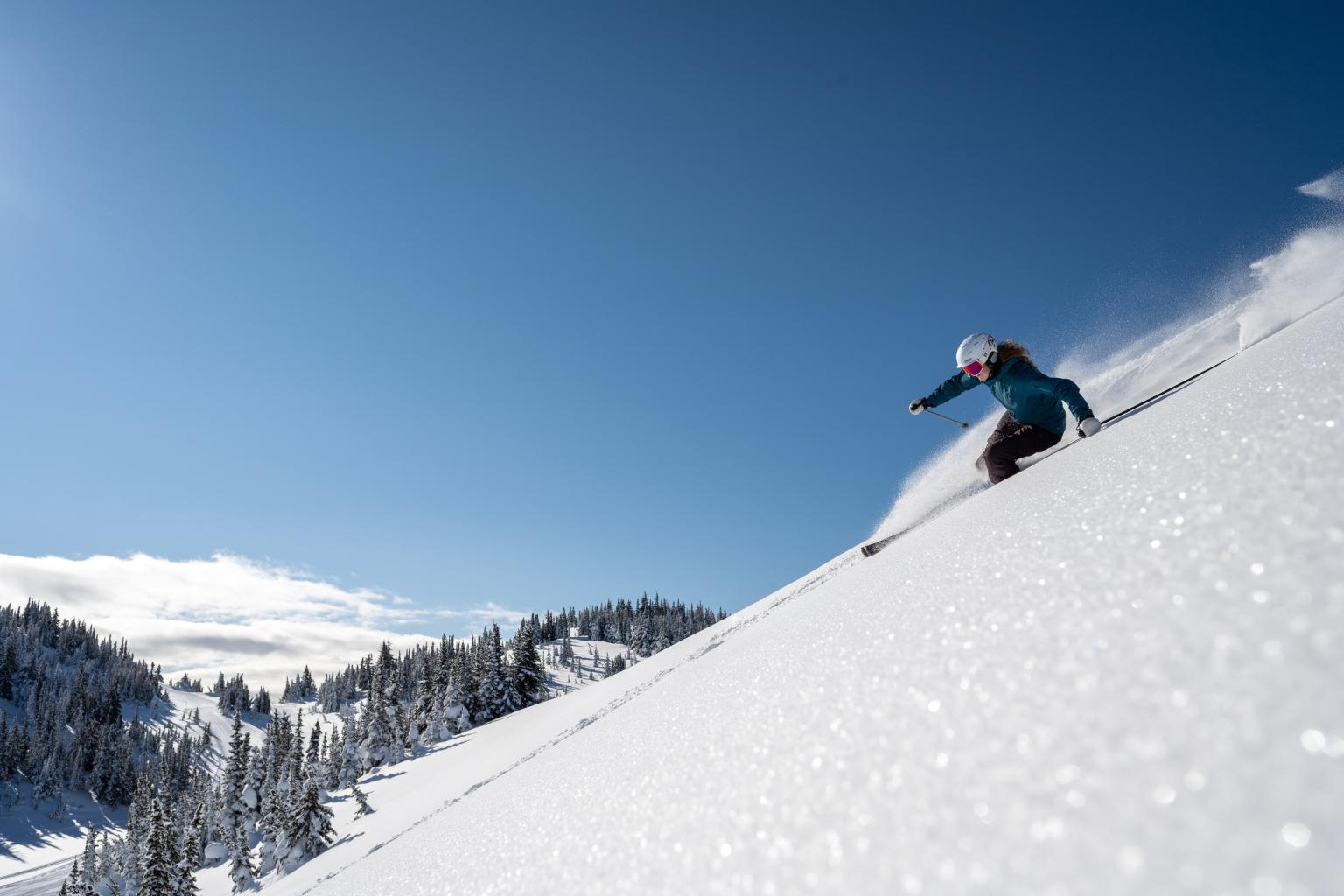
Top of the World
Elevation: 2,080m

The following local wildflowers greet us early each spring/summer season in the valley and alpine meadows of Sun Peaks.
When the heat of summer turns up, these wildflowers really put on a show!
As the days get shorter and the overnight temperatures start to dip, these wildflowers put on summers final act.